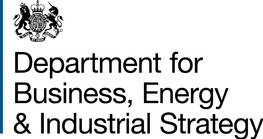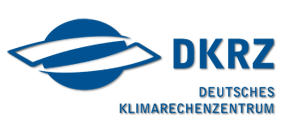Definition of Terms Used Within the DDC Pages
Glossary S
Glossary of acronyms and specialised terms on the IPCC-DDC website.
The definitions shown here are from the IPCC Fifth Assessment Report (AR5) working group glossaries: WGI, WGII and WGIII. The source working group is indicated on each definition.
A | B | C | D | E | F-G | H-I | J-K | L-M | N-O | P-Q | R | S | T | U-V | W-Z
SAR
Scenario
A plausible description of how the future may develop based on a coherent and internally consistent set of assumptions about key driving forces (e.g., rate of technological change, prices) and relationships. Note that scenarios are neither predictions nor forecasts, but are useful to provide a view of the implications of developments and actions. See also Climate scenario, Emission scenario, Representative Concentration Pathways and SRES scenarios. WGI
SEDAC
Socio-Economic Data Applications Center
Sensitivity
The degree to which a system or species is affected, either adversely or beneficially, by climate variability or change. The effect may be direct (e.g., a change in crop yield in response to a change in the mean, range or variability of temperature) or indirect (e.g., damages caused by an increase in the frequency of coastal flooding due to sea-level rise). WGII
Shared socio-economic pathways (SSPs)
Currently, the idea of shared socio-economic pathways (SSPs) is developed as a basis for new emissions and socio-economic scenarios. An SSP is one of a collection of pathways that describe alternative futures of socio-economic development in the absense of climate policy intervention. The combination of SSP-based socio-economic scenarios and Representative Concentration Pathway (RCP)-based climate projections should provide a useful integrative frame for climate impact and policy analysis. WGIII
Socio-Econonmic Scenario
A scenario that describes a possible future in terms of population, gross domestic product (GDP), and other socio-economic factors relevant to understanding the implications of climate change. concerning future conditions in terms of population, Gross Domestic Product and other socio-economic factors relevant to understanding the implications of climate change. WGIII
SRES
Special Report on Emission Scenarios (SRES).
SRES Scenarios
SRES scenarios are emission scenarios developed by Nakicenovic and Swart (2000) and used, among others, as a basis for some of the climate projections shown in Chapters 9 to 11 of IPCC (2001) and Chapters 10 and 11 of IPCC (2007). WGIII
The following terms are relevant for a better understanding of the structure and use of the set of SRES scenarios:
Scenario Family: Scenarios that have a similar demographic, societal, economic, and technical change storyline. Four scenario families comprise the SRES scenario set: A1, A2, B1, and B2. WGIII
Illustrative scenario: A scenario that is illustrative for each of the six scenario groups reflected in the Summary for Policymakers of Nakicenovic and Swart (2000). They include four revised marker scenarios for the scenario groups A1B, A2, B1, B2, and two additional scenarios for the A1F1 and A1T groups. All scenario groups are equally sound. WGIII
Marker Scenario: A scenario that was originally posted in draft form on the SRES website to represent a given scenario family. The choice of markers was based on which of the initial quantifications best reflected the storyline, and the features of the specific models. Markers are no more likely than other scenarios, but are considered by the SRES writing team as illustrative of a particular storyline. They are included in revised form in Nakicenovic and Swart (2000). These scenarios received the closest scrutiny of the entire writing team and via the SRES open process. Scenarios were also selected to illustrate the other two scenario groups. WGIII
Storyline: A narrative description of a scenario (or family of scenarios), highlighting the main scenario characteristics, relationships between key driving forces and the dynamics of their evolution. WGIII
Stratosphere
The highly stratified region of the atmosphere above the troposphere extending from about 10 km (ranging from 9 km at high latitudes to 16 km in the tropics on average) to about 50 km altitude. WGI
Stratospheric Ozone
See Ozone
 "
"




